Konstantinos Ntontin
Beyond Diagonal RIS-Aided Networks: Performance Analysis and Sectorization Tradeoff
Jun 06, 2024Abstract:Reconfigurable intelligent surfaces (RISs) have emerged as a spectrum- and energy-efficient technology to enhance the coverage of wireless communications within the upcoming 6G networks. Recently, novel extensions of this technology, referred to as multi-sector beyond diagonal RIS (BD-RIS), have been proposed, where the configurable elements are divided into $L$ sectors $(L \geq 2)$ and arranged as a polygon prism, with each sector covering $1/L$ space. This paper presents a performance analysis of a multi-user communication system assisted by a multi-sector BD-RIS operating in time-switching (TS) mode. Specifically, we derive closed-form expressions for the moment-generating function (MGF), probability density function (PDF), and cumulative density function (CDF) of the signal-to-noise ratio (SNR) per user. Furthermore, closed-form expressions for the outage probability, achievable spectral and energy efficiency, symbol error probability, and diversity order for the proposed system model are derived. Moreover, a comparison is performed with the simultaneously transmitting and reflecting (STAR)-RISs, a special case of multi-sector BD-RIS with two sectors. Our analysis shows that for a fixed number of elements, increasing the sectors improves outage performance at the expense of reduced diversity order compared to STAR-RIS. This trade-off is influenced by the Rician factors of the cascaded channel and the number of configurable elements per sector. However, this superiority in slope is observed at outage probability values below $10^{-5}$, which remains below practical operating ranges of communication systems. Additionally, simulations are provided to validate the accuracy of our theoretical analyses showing a notable $182\%$ increase in spectral efficiency and a $238\%$ increase in energy efficiency when transitioning from a 2-sector to a 6-sector configuration.
Localization as a key enabler of 6G wireless systems: A comprehensive survey and an outlook
Feb 04, 2023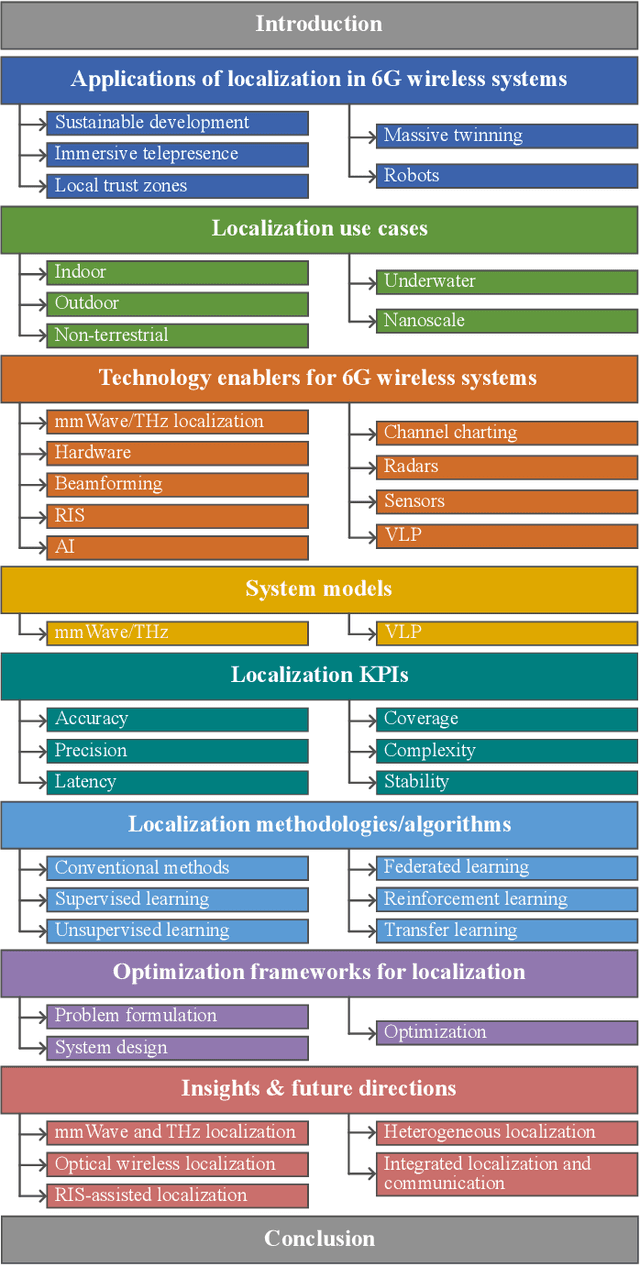
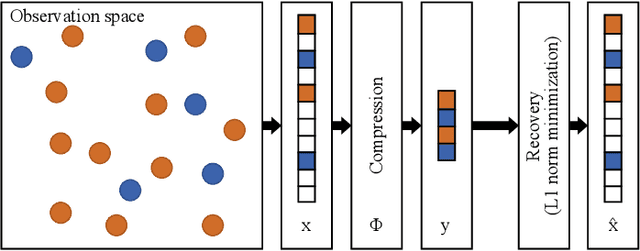


Abstract:When fully implemented, sixth generation (6G) wireless systems will constitute intelligent wireless networks that enable not only ubiquitous communication but also high-accuracy localization services. They will be the driving force behind this transformation by introducing a new set of characteristics and service capabilities in which location will coexist with communication while sharing available resources. To that purpose, this survey investigates the envisioned applications and use cases of localization in future 6G wireless systems, while analyzing the impact of the major technology enablers. Afterwards, system models for millimeter wave, terahertz and visible light positioning that take into account both line-of-sight (LOS) and non-LOS channels are presented, while localization key performance indicators are revisited alongside mathematical definitions. Moreover, a detailed review of the state of the art conventional and learning-based localization techniques is conducted. Furthermore, the localization problem is formulated, the wireless system design is considered and the optimization of both is investigated. Finally, insights that arise from the presented analysis are summarized and used to highlight the most important future directions for localization in 6G wireless systems.
Cooperative Hybrid Networks with Active Relays and RISs for B5G: Applications, Challenges, and Research Directions
Jun 23, 2022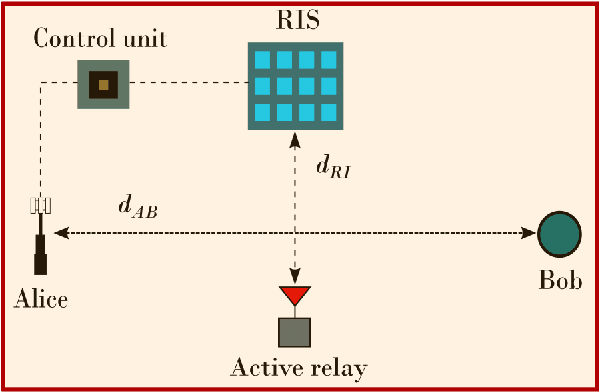
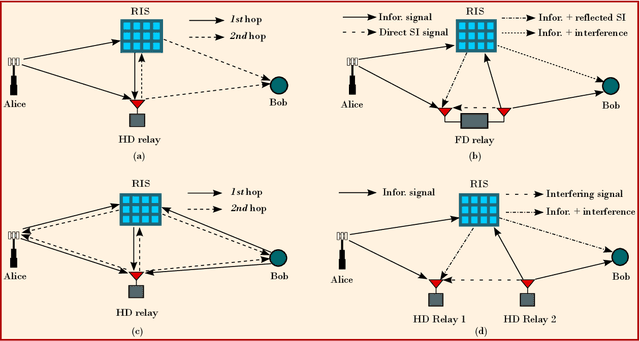
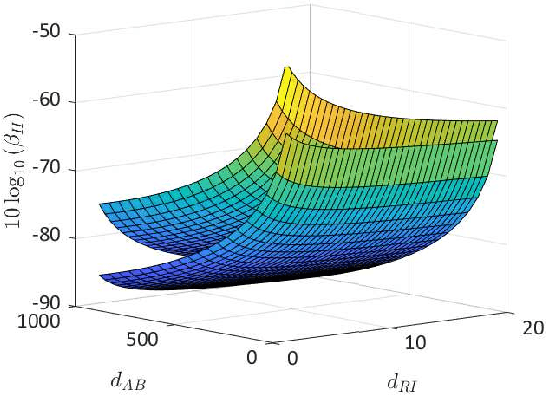
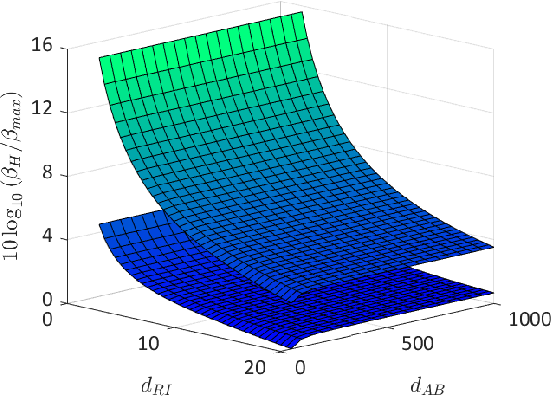
Abstract:Among the recent advances and innovations in wireless technologies, reconfigurable intelligent surfaces (RISs) have received much attention and are envisioned to be one of the enabling technologies for beyond 5G (B5G) networks. On the other hand, active (or classical) cooperative relays have played a key role in providing reliable and power-efficient communications in previous wireless generations. In this article, we focus on hybrid network architectures that amalgamate both active relays and RISs. The operation concept and protocols of each technology are first discussed. Subsequently, we present multiple use cases of cooperative hybrid networks where both active relays and RISs can coexist harmoniously for enhanced rate performance. Furthermore, a case study is provided which demonstrates the achievable rate performance of a communication network assisted by either an active relay, an RIS, or both, and with different relaying protocols. Finally, we provide the reader with the challenges and key research directions in this area.
Toward Autonomous Reconfigurable Intelligent Surfaces Through Wireless Energy Harvesting
Aug 18, 2021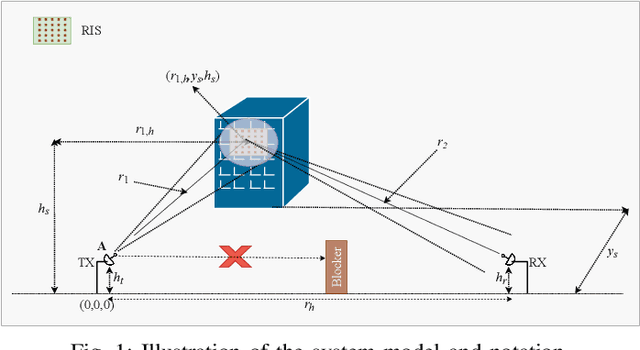
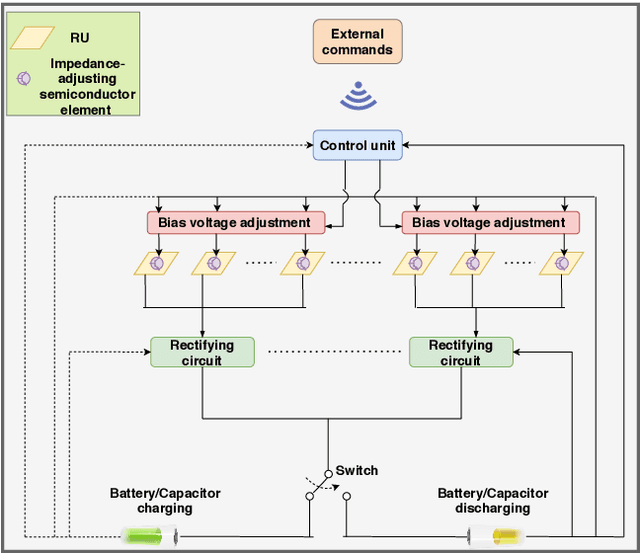
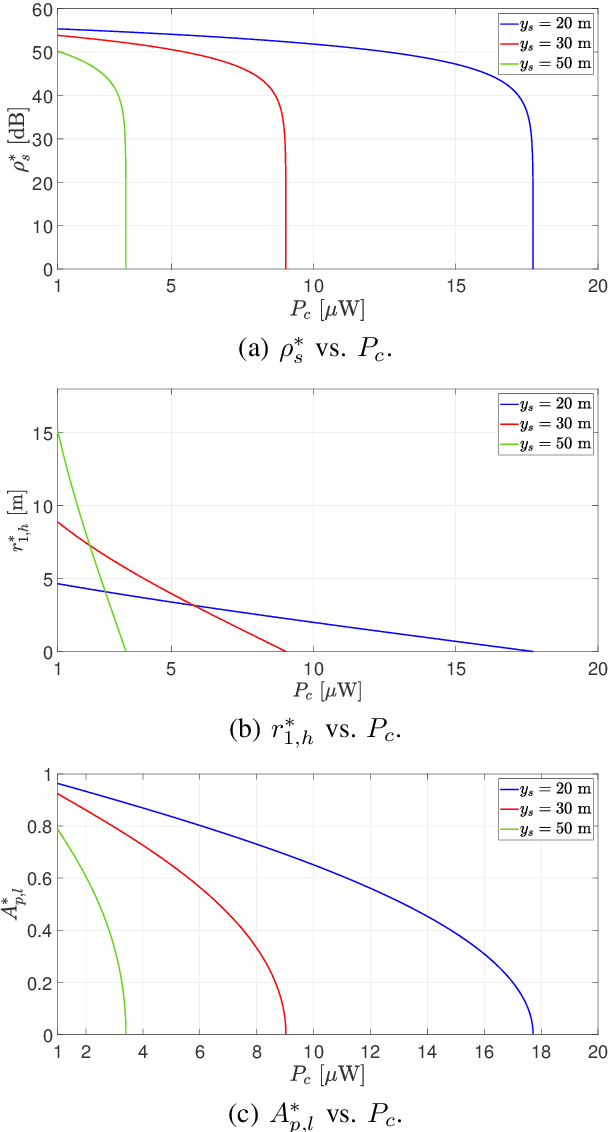
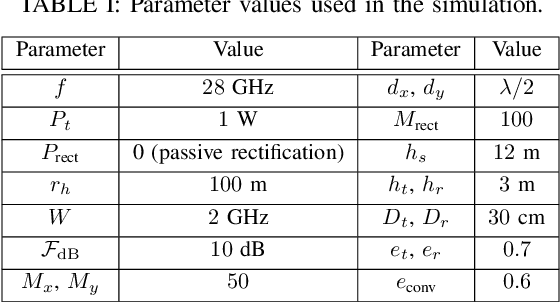
Abstract:In this work, we examine the potential of autonomous operation of a reconfigurable intelligent surface (RIS) using wireless energy harvesting from information signals. To this end, we first identify the main RIS power-consuming components and introduce a suitable power-consumption model. Subsequently, we introduce a novel RIS power-splitting architecture that enables simultaneous energy harvesting and beamsteering. Specifically, a subset of the RIS unit cells (UCs) is used for beamsteering while the remaining ones absorb energy. For the subset allocation, we propose policies obtained as solutions to two optimization problems. The first problem aims at maximizing the signal-to-noise ratio (SNR) at the receiver without violating the RIS's energy harvesting demands. Additionally, the objective of the second problem is to maximize the RIS harvested power, while ensuring an acceptable SNR at the receiver. We prove that under particular propagation conditions, some of the proposed policies deliver the optimal solution of the two problems. Furthermore, we report numerical results that reveal the efficiency of the policies with respect to the optimal and very high-complexity brute-force design approach. Finally, through a case study of user tracking, we showcase that the RIS power-consumption demands can be secured by harvesting energy from information signals.
 Add to Chrome
Add to Chrome Add to Firefox
Add to Firefox Add to Edge
Add to Edge